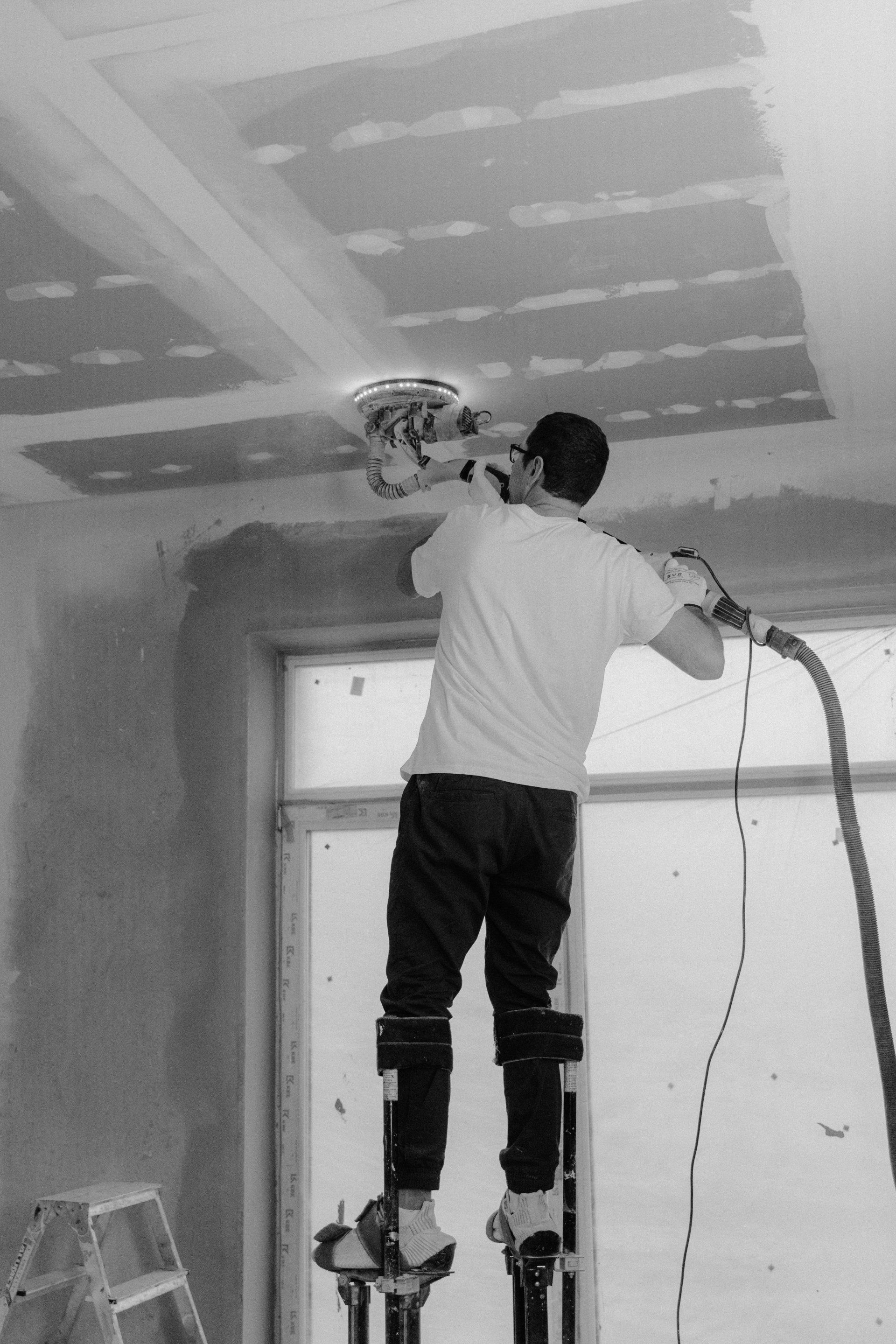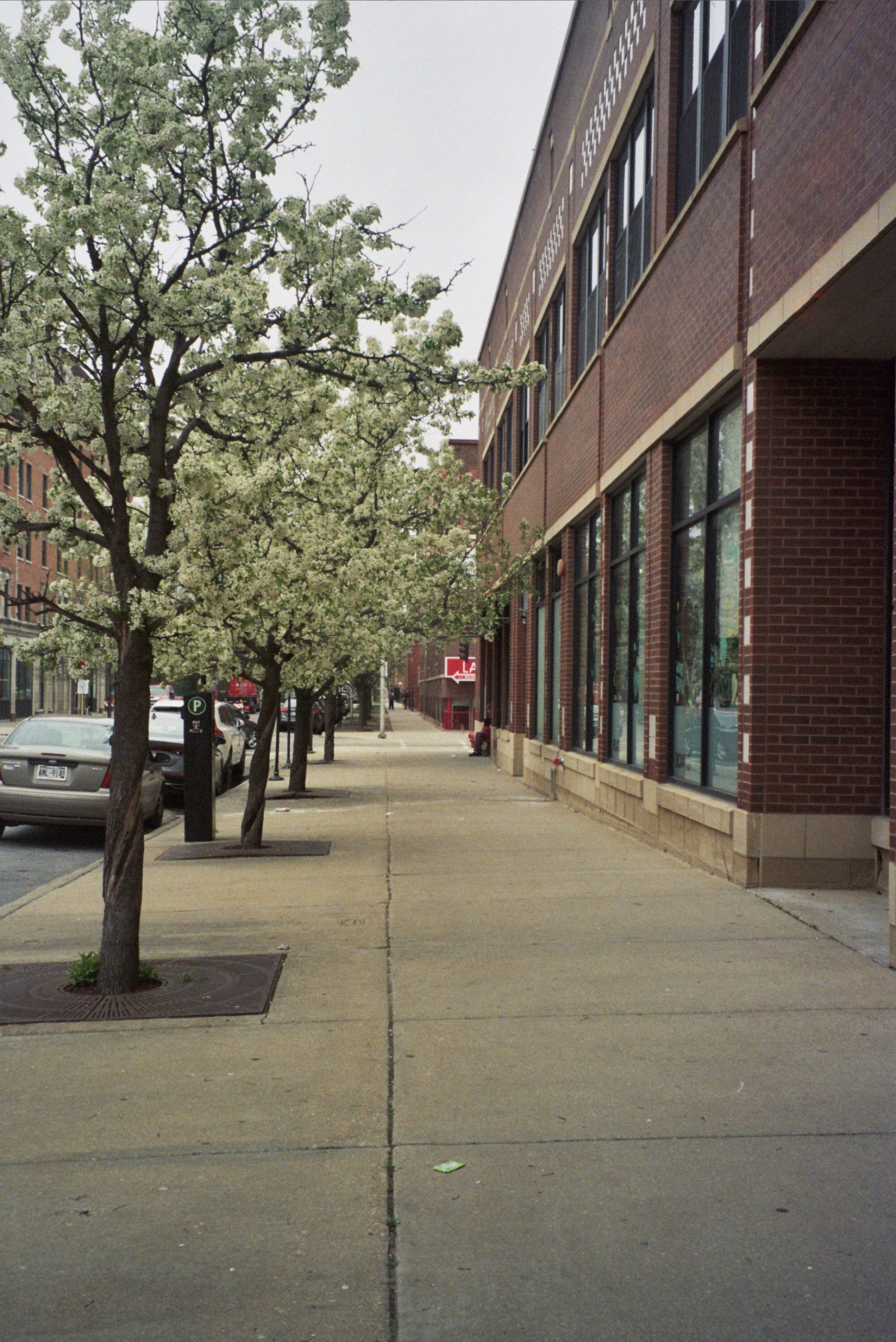People's Common Mistakes When Pouring Concrete
People's Common Mistakes When Pouring Concrete
If you steer clear of these common mistakes, your concrete will appear great and last many years.
Pouring Concrete Mistakes
The majority of concrete projects fail because of a lack of care when mix-up or pouring. The harsher the winters in which you reside, the more vital it is to stay away from the kinds of errors you'll discover here. Incorrect concrete techniques can result in flaking, degradation or premature failure. Beware of the common mistakes in concrete pouring, and you'll have a job that you can look proud of for many years to come.
Concrete Too Wet
This is perhaps the most common concrete mistake you can make because the concrete that is properly mixed appears to be dry enough to flow and trowel correctly. Don't be deceived. It should be possible to make the size of a four-inch diameter and a 4 inches tall pile if well mixed. Anything less than this and the concrete's strength decreases.
Concrete Is Too Dry
While it's not as common, concrete that is too dry isn't an ideal solution also. Portland cement constitutes the primary component of concrete. Cement requires sufficient moisture to fully cure. If troweling the sample pile of concrete does not result in an even, dry and muddy surface after three trowel strokes, the concrete may be too dry.
Pouring Too Thin
Concrete is durable; however, only if it's strong enough. Are you pouring the concrete slab to make an outdoor floor or DIY patio? That is the most typical use for DIY concrete pouring. Make sure that you do not make your slab any thinner than 4 inches for any purpose. Six inches is the recommended thickness for concrete slabs that will be subject to any type of traffic that is heavy.
Expect Reinforcing Mesh to Stop Cracking
It's not a good idea for cracks in concrete projects; however, don't place your faith in the wire mesh that is typically employed for concrete reinforcement. It will not stop cracking; however, it can hold the pieces of concrete that have cracked together.
Mixing your concrete using reinforcing fibers as well as rods that are laid out on the 12-inch by 16-inch grid pattern minimizes the risk of cracks forming. Additionally, after two weeks after the concrete has been poured, make use of a masonry saw to cut one-third of the thickness of the concrete slab. The cuts should be made in the 10-ft. 10. grid. Any cracks that might develop will be reflected in the cuts made by the saw and will disappear behind them.
Using Old Cement
Portland cement, the primary ingredient in concrete, is a perishable product. Do not use cement or a mix of water and cement that is more than one year old for any work you're interested in doing. Even the latest cement with hard lumps shouldn't be used. These lumps are a sign that the cement has become damp and has lost some ability to set.
Failure to Use Fibers
Many DIYers don't know about concrete reinforcement fibers. The thin, short filaments of plastic give an abundance of strength and resistance to any concrete construction. Add 1 half pint of fibers for each mixing drum of concrete. Mix like normal. The fibers are distributed throughout the mix and help to bind the concrete once it has hardened. They are a major factor.
Corrosion-Prone Reinforcing Rod
Concrete is durable in compression; however, it becomes weak when any force attempts to tear it apart. This weakening in tension is one reason why concrete is typically strengthened with rods of metal. The issue is that the majority of rods used to reinforce concrete are made from bare steel that is prone to rust due to water that gets through the concrete.
If steel is rusty and expands, it causes the concrete to crack and break up under pressure from within. This is the reason why a corrosion-proof reinforcing rod is employed to ensure the long-term stability of concrete construction projects. Make use of galvanized, epoxy-coated or fiberglass rebars on any concrete slabs that are ground-level.











